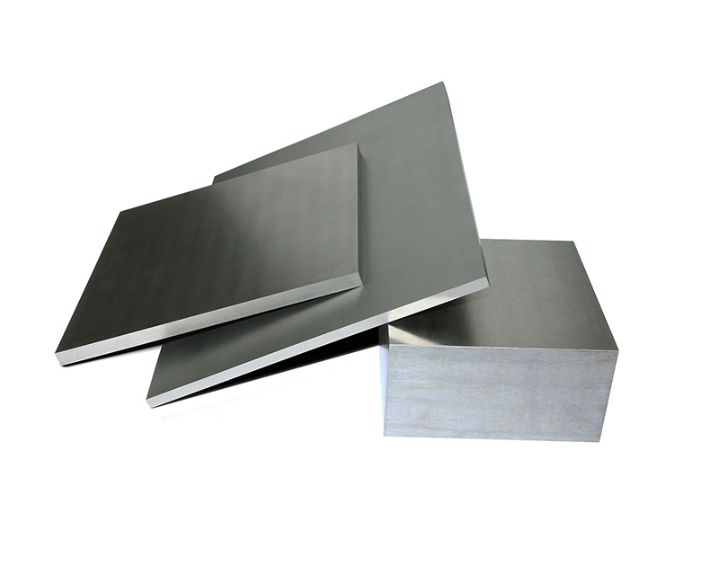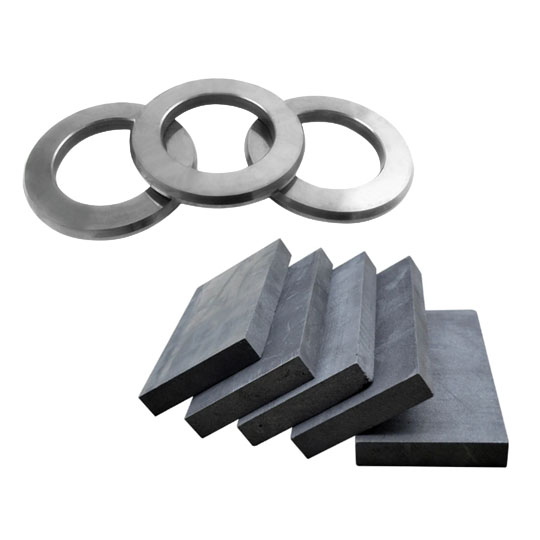Pourquoi la certification ISO est-elle importante pour Plaques de carbure?
Si vous travaillez avec des plaques de carbure, en particulier des plaques de carbure de tungstène, vous avez probablement entendu parler des certifications ISO. Mais pourquoi ces certifications sont-elles si importantes ? Imaginez que vous achetiez une voiture sans contrôle de sécurité : feriez-vous confiance à cette voiture sur la route ? Les certifications ISO fonctionnent de la même manière. Elles garantissent que les plaques de carbure répondent à des normes mondiales strictes en matière de qualité, de performance et de sécurité.
Les plaques en carbure sont utilisées dans des applications critiques, des machines industrielles à l'ingénierie aérospatiale. Une plaque de qualité médiocre peut entraîner une défaillance catastrophique dans des environnements soumis à de fortes contraintes. Les certifications ISO garantissent aux fabricants et aux acheteurs que ces matériaux répondent aux normes internationales. Sans ces certifications, vous risquez de perdre en fiabilité.
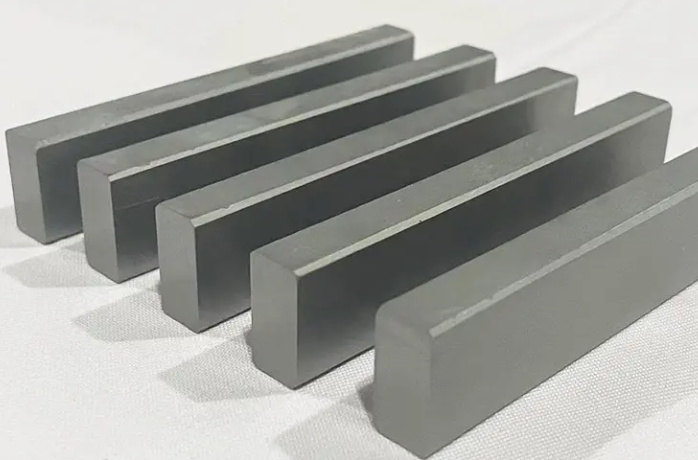
Principaux types de certification ISO et leur importance pour les plaques de carbure
Les certifications ISO ne sont pas de simples badges fantaisistes ; elles servent à quelque chose. Examinons les principales d'entre elles qui s'appliquent aux plaques de carbure :
1. ISO 9001 - Système de management de la qualité (SMQ)
Cette certification met l'accent sur le contrôle de la qualité et l'amélioration continue. Si un fabricant détient la certification ISO 9001, vous pouvez faire confiance à ses produits. plaques en carbure sont produits selon des directives de qualité strictes.
2. ISO 14001 - Système de management environnemental (SME)
Le développement durable est important. La norme ISO 14001 garantit que la production de plaques de carbure de tungstène suit des pratiques respectueuses de l'environnement. Personne ne veut d'une plaque très performante au prix d'une dégradation de l'environnement.
3. ISO 45001 - Santé et sécurité au travail
La fabrication de plaques de carbure implique la manipulation de matières dangereuses. Cette certification garantit que la sécurité des travailleurs est une priorité, réduisant ainsi les risques au cours de la production.
4. ISO 16949 - Norme spécifique à l'industrie automobile
Les plaques de carbure de tungstène utilisées dans les applications automobiles ont besoin de cette certification pour garantir qu'elles répondent à des normes rigoureuses de performance et de sécurité.
5. ISO 27001 - Gestion de la sécurité de l'information
Bien qu'elle ne soit pas directement liée au produit lui-même, cette certification est cruciale pour les fabricants qui traitent des données sensibles et de la propriété intellectuelle.
6. ISO 50001 - Système de management de l'énergie
Cette certification garantit des processus de fabrication efficaces sur le plan énergétique, réduisant les coûts d'exploitation et l'impact sur l'environnement.
Comment déterminer si une feuille de carbure de tungstène est conforme à la certification ISO ?
Avant d'acheter, vous devez vérifier si la tôle de carbure de tungstène est conforme aux normes ISO. Voici comment procéder :
- Vérifier les documents de certification : Demandez toujours au fournisseur de vous fournir des certificats ISO. Ceux-ci doivent être valides et délivrés par un organisme de certification accrédité.
- Tests effectués par des tiers : Des laboratoires indépendants peuvent tester les plaques de carbure pour vérifier leur conformité aux spécifications ISO.
- Réputation du fabricant : Les marques établies, dont les produits sont certifiés ISO, sont des paris plus sûrs.
- Analyse des propriétés physiques et chimiques : S'assurer que le produit répond aux spécifications de dureté, de résistance à l'usure et de composition.
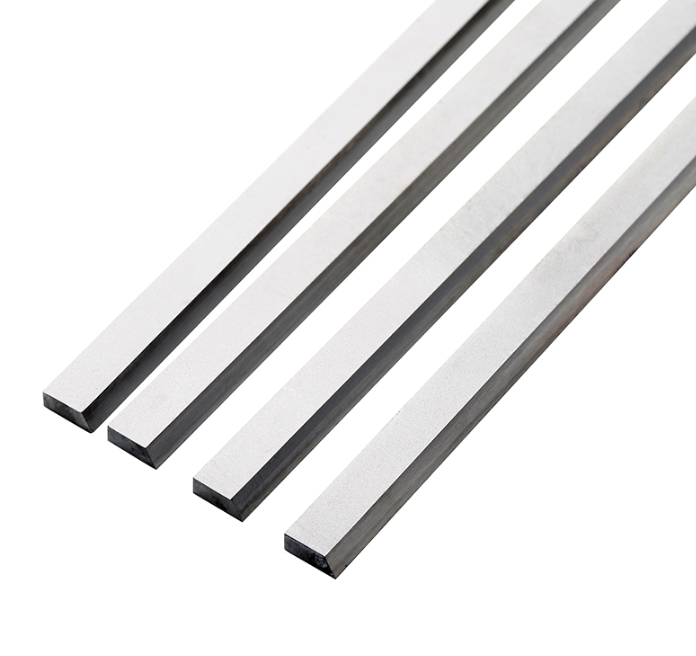
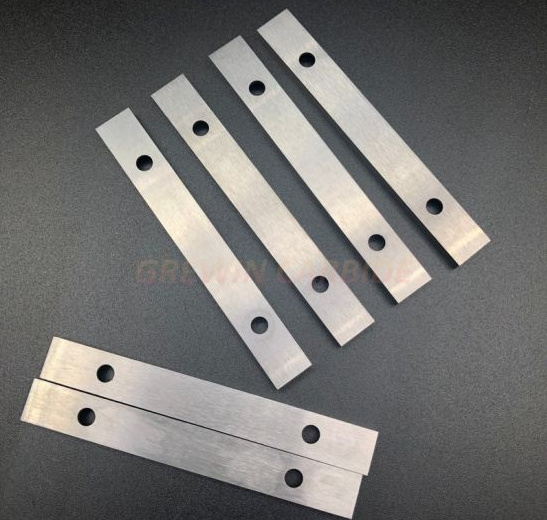
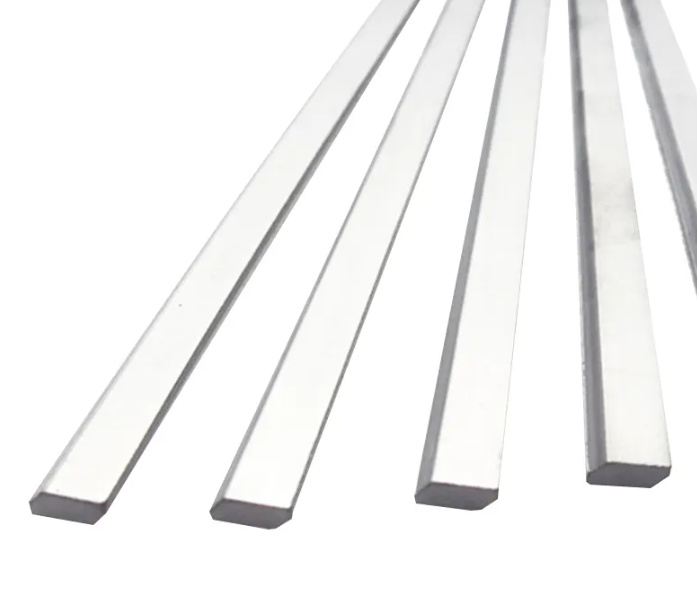
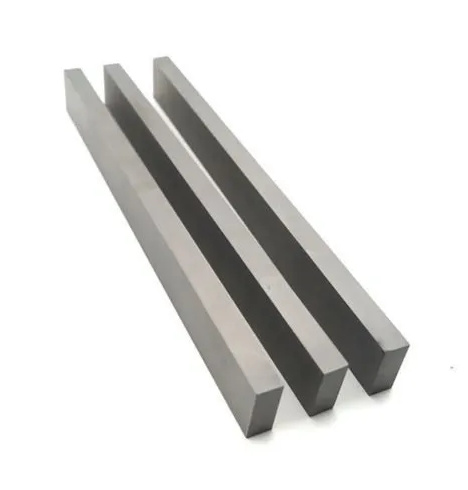

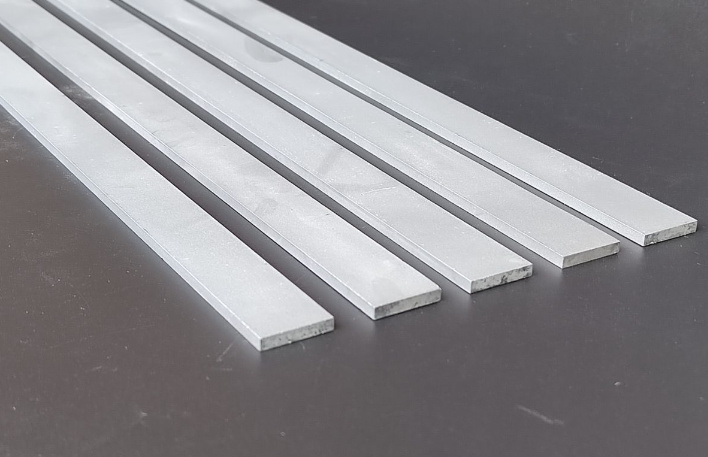
L'impact de la certification ISO sur le marché des tôles en carbure de tungstène
| Facteur | Avec certification ISO | Sans certification ISO |
|---|---|---|
| Assurance qualité | Matériaux de haute qualité garantis | Qualité irrégulière ; défauts potentiels |
| Compétitivité du marché | Demande accrue sur les marchés mondiaux | Acceptation limitée, en particulier au niveau international |
| Conformité environnementale | Fabrication durable | Questions réglementaires et pénalités potentielles |
| Confiance des clients | Confiance accrue des acheteurs | Doutes sur la fiabilité et la performance |
| Approbation réglementaire | Homologation plus facile pour l'industrie et l'aérospatiale | Risque de rejet dans les industries à normes élevées |
Comment garantir la sélection de feuilles de carbure de tungstène conformes aux normes ISO ?
Comment être sûr d'acheter des feuilles de carbure de tungstène certifiées ISO ? Voici quelques mesures infaillibles :
- Acheter auprès de fournisseurs réputés : Ne tombez pas dans le piège des options bon marché et non certifiées. Achetez toujours auprès de fabricants reconnus pour leur conformité à la norme ISO.
- Examiner les spécifications du produit : Certifié ISO plaques en carbure doivent disposer d'une documentation énumérant leurs propriétés.
- Demander les résultats de tests effectués par des tiers : Certains fournisseurs fournissent des rapports de laboratoire indépendants pour vérifier le respect des normes ISO.
- Vérifier les marquages et les étiquettes : De nombreux fabricants impriment les numéros de certification sur le produit lui-même.
10 Modèles remarquables de poudres de carbure de tungstène et leurs applications
| Nom du modèle | Composition | Application |
|---|---|---|
| WC-10Co | 90% WC, 10% Cobalt | Outils de coupe, pièces d'usure industrielles |
| WC-6Ni | 94% WC, 6% Nickel | Applications résistantes à la corrosion |
| WC-12Co | 88% WC, 12% Cobalt | Composants pour l'aérospatiale et l'automobile |
| WC-8CoCr | 92% WC, 8% CoCr | Outils de résistance à fort impact |
| WC-15Co | 85% WC, 15% Cobalt | Outils miniers robustes |
| WC-TiC | WC avec carbure de titane | Applications à haute température |
| WC-NbC | WC avec carbure de niobium | Ténacité et résistance à l'usure accrues |
| WC-TaC | WC avec carbure de tantale | Outils de coupe et de forage de première qualité |
| WC-12Ni | 88% WC, 12% Nickel | Applications marines et pétrolières |
| WC-20Co | 80% WC, 20% Cobalt | Outils industriels ultra-durs |
FAQ
| Question | Réponse |
|---|---|
| Quelle est la certification ISO la plus importante pour les plaques de carbure ? | La norme ISO 9001 est la plus importante, car elle garantit la gestion et la cohérence de la qualité. |
| Puis-je utiliser des plaques de carbure non certifiées ISO ? | Oui, mais c'est risqué. Vous pouvez être confronté à des problèmes de performance et à des restrictions réglementaires. |
| À quelle fréquence les fabricants doivent-ils renouveler leur certification ISO ? | Généralement tous les trois ans, mais des audits réguliers garantissent le maintien de la conformité. |
| Les plaques de carbure certifiées ISO coûtent-elles plus cher ? | Oui, mais l'assurance qualité et la longévité en font un meilleur investissement. |
| Comment vérifier une certification ISO ? | Consultez le registre officiel de l'ISO ou demandez la documentation au fabricant. |


